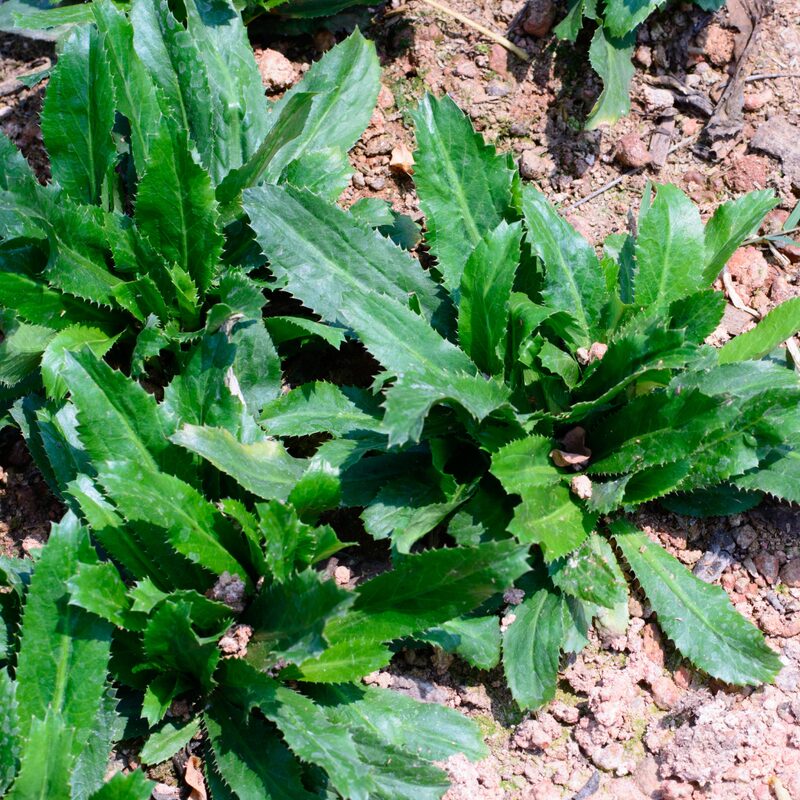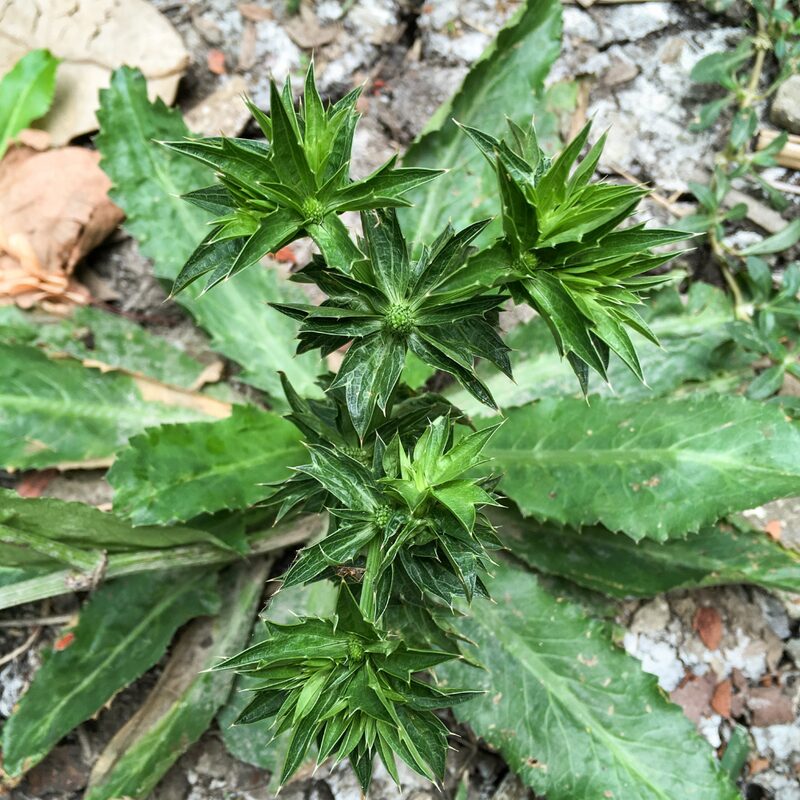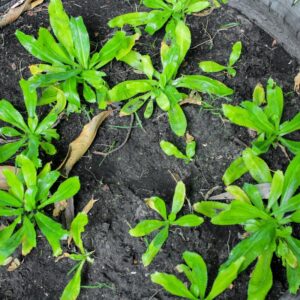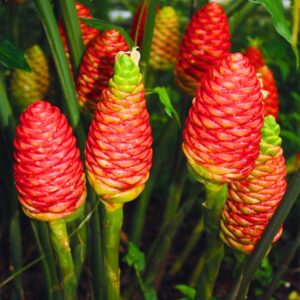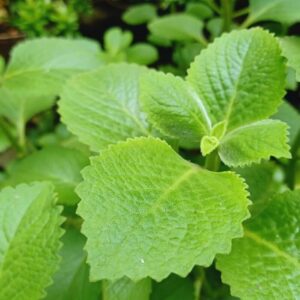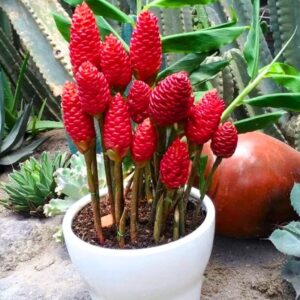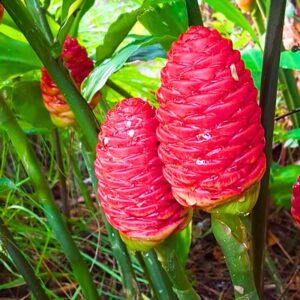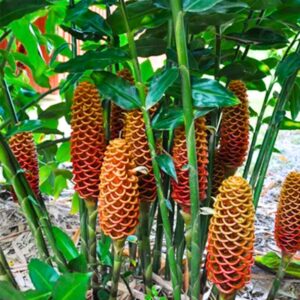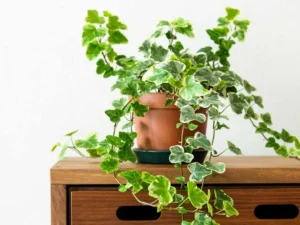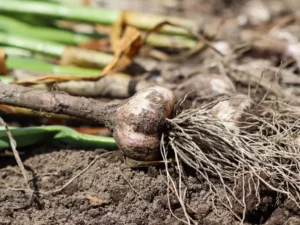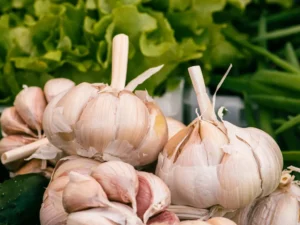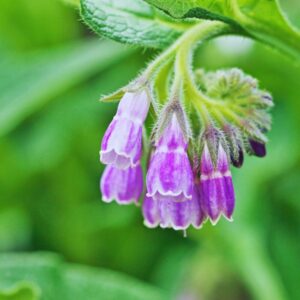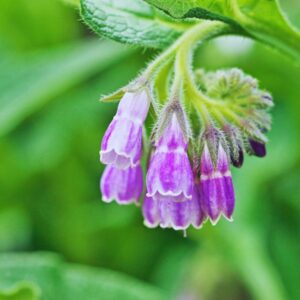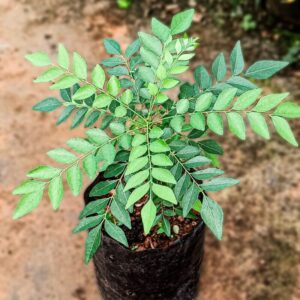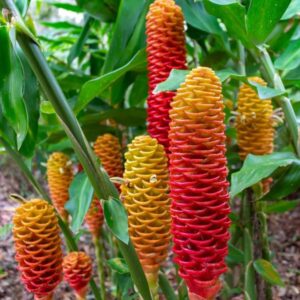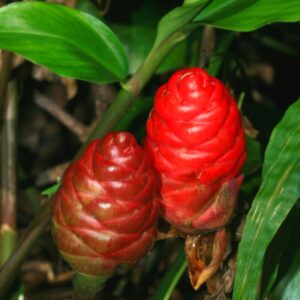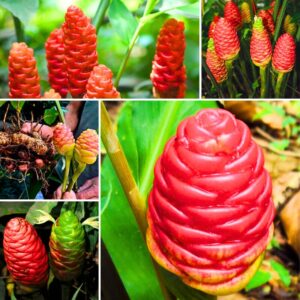Culantro Plant
Culantro Plant
The Culantro Plant adds a pungent flavor to your dishes and thrives in warm climates. Perfect for soups and stews.
$31.89

With our Alive & Thrive Guarantee, we’ve got your back for the first 30 days! If you have any concerns about your plants, just reach out to us. Our team is here to help answer your questions and guide you in selecting the best plants for your garden, climate, and unique preferences. We're excited to help you create the garden of your dreams!
-
USDA Hardiness Zone
Zones 8-11 -
Soil type
Well-drained soil -
Sunlight Exposure
Partial shade -
Expected Planting Period
Spring and early summer
Discover the Culantro Plant
The Culantro Plant is a tropical herb known for its distinct long, serrated leaves and robust flavor. This herb is favored by culinary enthusiasts for its ability to enhance various dishes, especially soups, stews, and marinades. With a taste that is stronger than cilantro, culantro offers a unique flavor profile that combines hints of parsley and cilantro.
Growing Conditions and Care
Thriving in warm, tropical climates, the culantro plant is sensitive to cold temperatures. It prefers well-drained soil and partial shade for optimal growth. Regular watering is essential to maintain moisture, and occasional pruning will encourage new growth and prevent premature flowering. This makes culantro an excellent choice for both outdoor gardens and indoor settings.
Benefits of the Culantro Plant
Adding the culantro plant to your herb collection not only elevates your culinary creations but also enhances the visual appeal of your garden. Its striking leaves arranged in a rosette form bring beauty to any space. This plant is easy to grow and maintain, making it ideal for novice gardeners.
Frequently Asked Questions
- What does the culantro plant look like? Culantro has long, serrated leaves arranged in a rosette form, darker and more robust than cilantro.
- What does culantro taste like? It has a pungent, earthy flavor stronger than cilantro, with a unique mix of parsley and cilantro-like taste.
- Where does culantro grow best? The plant thrives in warm, tropical climates, requiring partial shade and well-drained soil.
- How can I use culantro in cooking? Culantro is perfect for flavoring soups, stews, sauces, and marinades, adding a bold flavor to dishes.
- Can I grow culantro indoors? Yes, culantro can be grown indoors if it receives sufficient indirect light and is kept in a warm environment.

